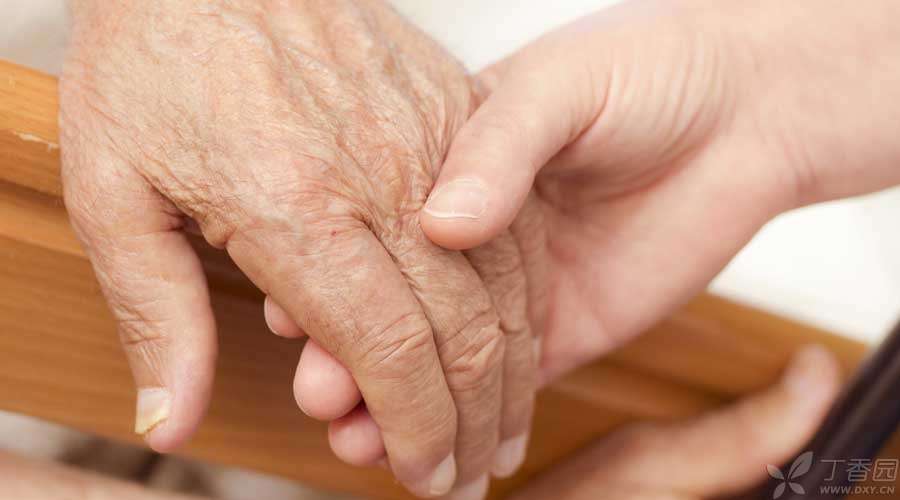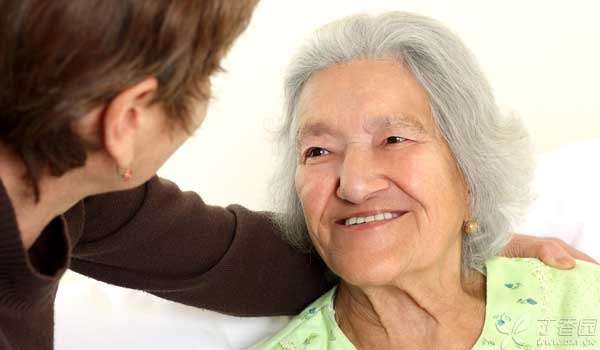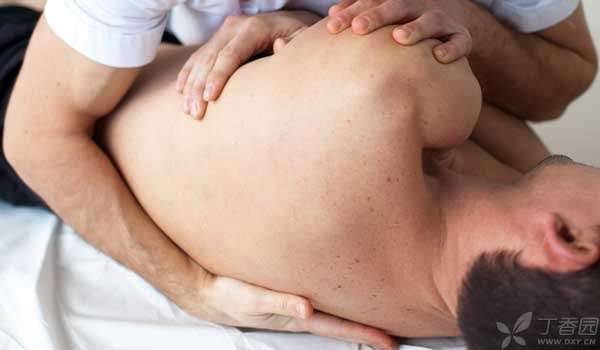
From a medical point of view, if a lying position or sitting position is maintained for a long time, local skin, such as the one where the buttocks contact with the stool, will be subject to certain pressure, which will affect the blood circulation of skin tissue at the compressed part, causing ischemia and hypoxia.
If this state continues, it is easy to cause redness and swelling, blisters, and even ulcers, thus ulcerating and necrosis. This kind of skin disease process mainly caused by pressure is called bedsore.
I still remember when I was at school, because I sat for a long time every day, Butt often have a bench out of a red and swollen marks, sometimes touch still a little pain. But if you usually stand up and walk more between classes, it won’t be long before the red and swollen marks and painful marks are good. Visible normal people’s daily routine is basically not bedsore, at most a little red and swollen, feel uncomfortable when changing posture is OK.
What people are prone to bedsore?
-
It is mainly due to mobility difficulties, such as the elderly who have to stay in bed for a long time due to paralysis or chronic diseases.
-
Patients with mobility difficulties caused by trauma, surgery or other reasons.
-
Smoking history, malnutrition, anemia and even diabetes are all risk factors for bedsore.
Bedsore hair in what?
Bedsore is more likely to occur in places that are prone to compression or where bones protrude:
-
When lying on your back, it is usually found in the back of the head, scapula, buttocks and heels.
-
In lateral position, it is usually found in ears, shoulders, hips, medial and lateral knees and ankles.
-
Prone position is usually found on cheeks, female breasts, male genitals, knees and other parts.

How to prevent bedsore?
Turn over frequently
This is the most basic, simple and effective measure to prevent bedsore.
- In particular, long-term bedridden, immobile patients need nursing personnel to turn over regularly, and it is recommended to turn over at least once every two hours. Turn over can be carried out alternately according to the sequence of left and right lying positions and supine positions. When turning over, soft pillows, sponge pads, air cushions and other protection can be used to prevent patients from falling out of bed. Don’t drag, pull, pull or pull hard when turning over.
Keep the bed and skin clean and dry
- Damp stimulation such as defecation and urine, sweat, etc. is the inducement of bedsore, so sweat, urine and fecal stains should be wiped clean in time. Use emollient lotion to protect the softness and elasticity of the skin. Keep the bed clean and tidy, and replace the bed sheets in time. Pad cushion between the place where bones protrude such as feet and the bottom of the bed.
Strengthen nutrition
- Although malnutrition does not directly cause bedsore, However, lack of nutrition will make subcutaneous fat thinner. Long-term bed rest and emaciation caused by disease consumption will reduce the buffer between the patient’s skin and bones, increasing the risk of local skin pressure and bedsore. Therefore, adequate nutrition intake can prevent bedsore and is also conducive to the healing of damaged tissues.
Nursing Mistakes to be Avoided
-
When cleaning the body of bedridden patients, it is advisable to wipe the skin with warm and wet towel and soft dry towel in turn with gentle movements. However, frequent and excessive skin cleaning should be avoided.
-
Massage is not recommended for locally red skin, because massage may aggravate the damage of subcutaneous tissue.
-
Do not use irritating disinfectants such as iodine or alcohol to wipe the skin, and avoid using ice compress, hair dryer or various electrothermal therapeutic instruments on local wounds.

What should I do after bedsore occurs?
-
In the early stage of bedsore occurrence, it can be improved by taking measures such as turning over frequently and using soft cushions.
-
If the skin under pressure is hard and the pain is obvious, wet saline gauze, hydrogel, polyethylene film and other wet compress can be selected, and the wet environment is conducive to recovery.
-
Once local ulcer occurs, wet compress is not suitable. You should go to the hospital in time to remove necrotic tissue, and disinfect the wound, open and breathe, and do not cover it.
Because bedsore is difficult to heal once it forms ulcer. Therefore, when taking care of the bedridden elderly, attention should be paid to nursing and turning over frequently to prevent bedsore.
Author: Rattus rotundus
Copyright of Clove Garden. No reprinting is allowed without permission.
